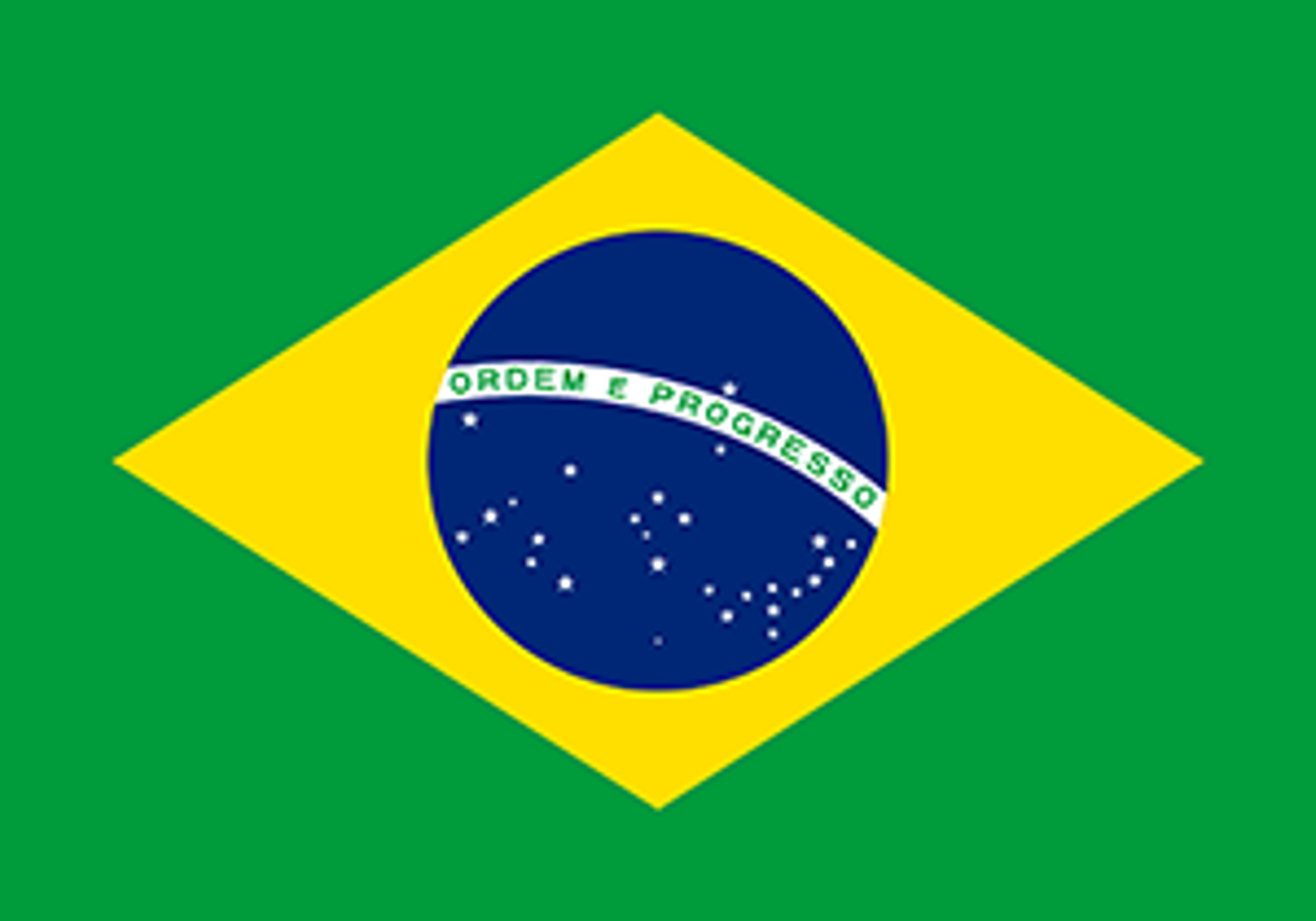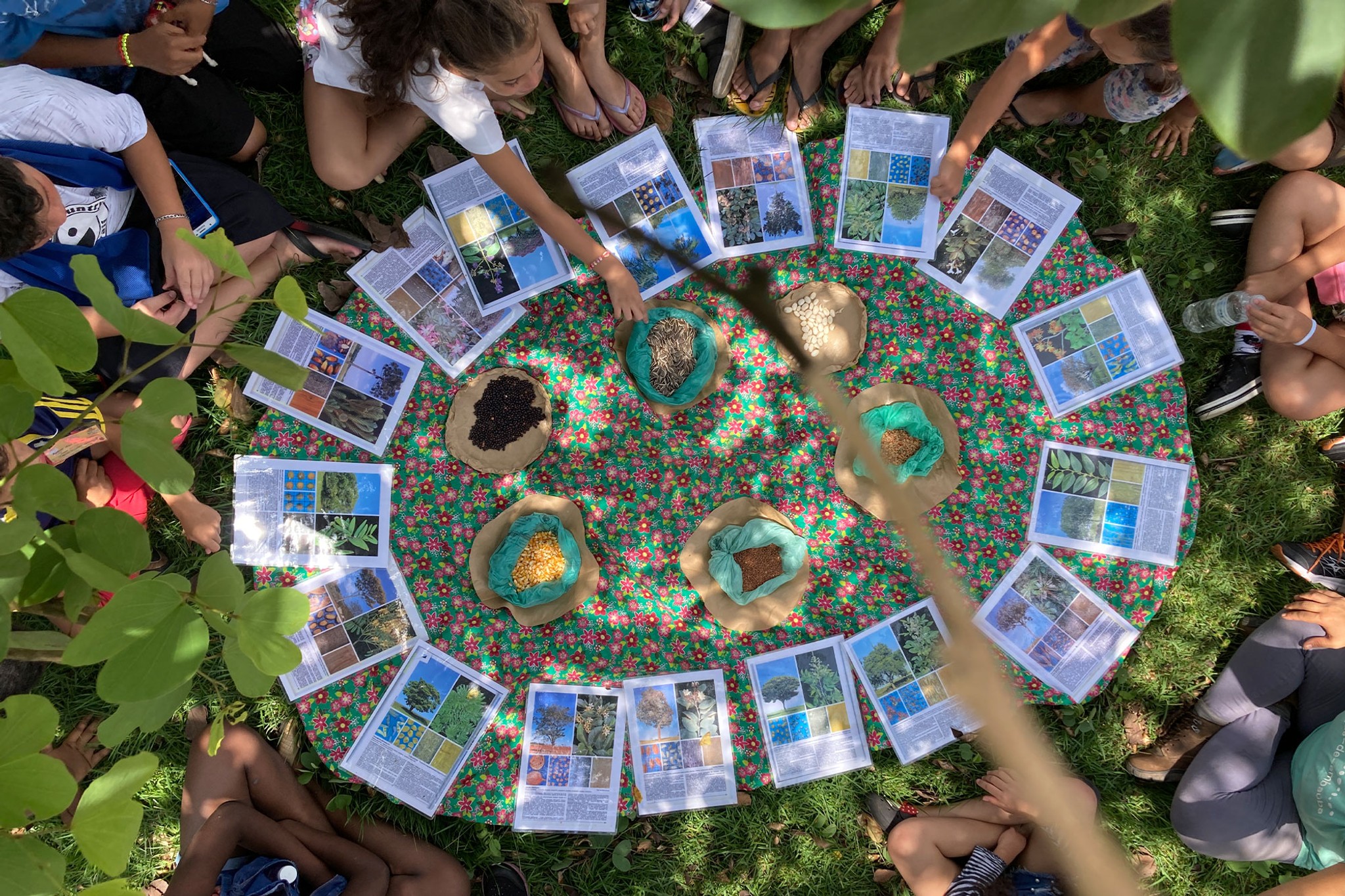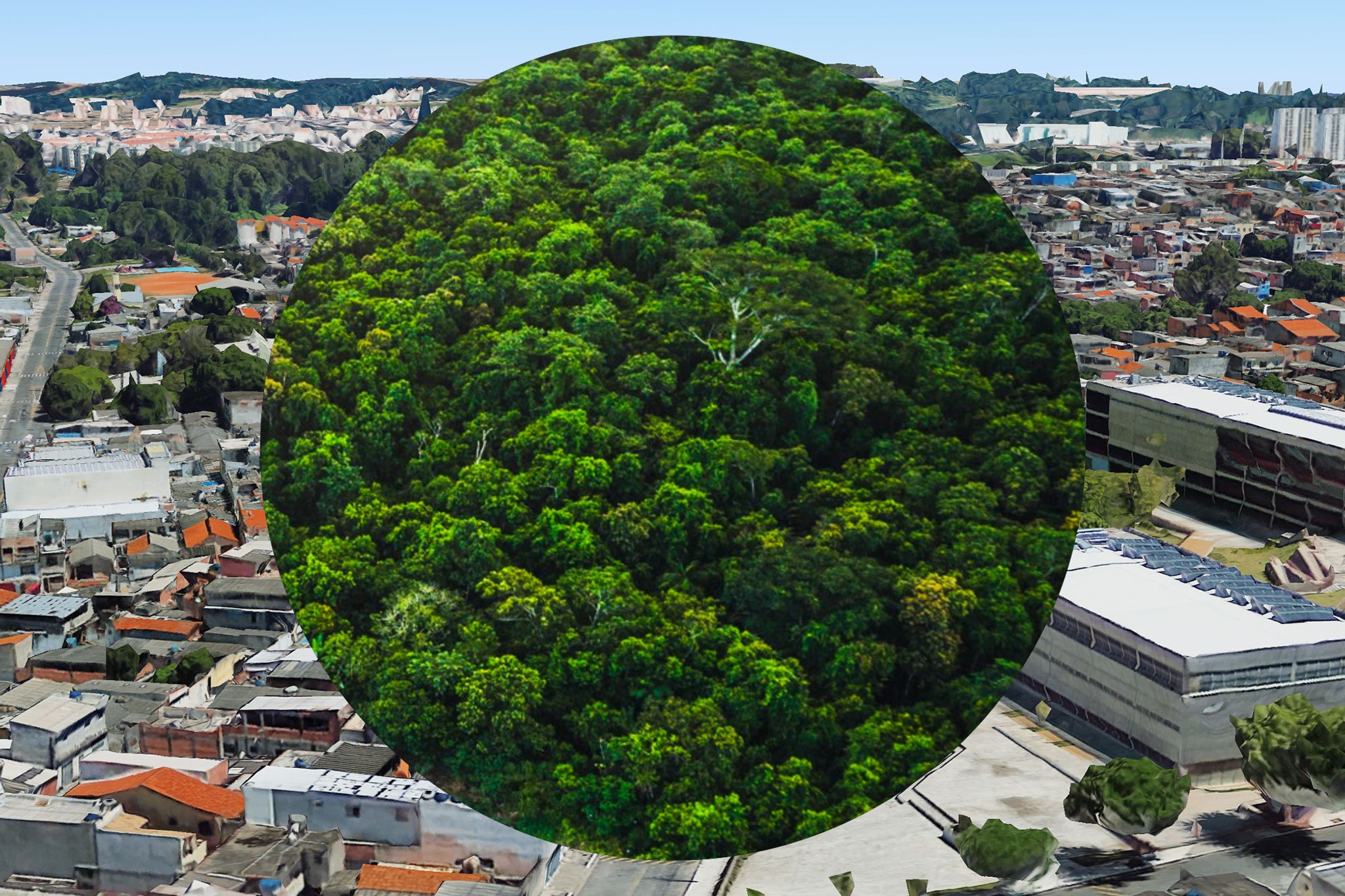Salas de Aula Mata Atlântica II
Reconnecting schoolchildren to Brazil’s native Atlantic Forest.


0
Trees
0
Square Meters
0
Native Species
0
Youth Impacted
Salas de Aula Mata Atlântica is an ambitious project that has created a constellation of outdoor classrooms in five Unified Educational Centers (CEU) across São Paulo.
This constellation of forests is restoring denuded or unused pockets of land and transforming them into native - and highly endangered - Atlantic Forest, showing students and the local community how a biodiversity desert can be transformed into a thriving ecosystem once again.
In December 2022, the UN declared the Atlantic Forest as one of the 10 hotspots in the world for ecological restoration, and has designated efforts to do so as one of its 'World Restoration Flagships'.
Forest Maker
formigas-de-embaúba
Forest Partner

“When we talk about planting and regenerating a space, we talk about re-signifying that space. It’s about attributing meaning to this space and making students understand that they can be agents of positive transformation.”
Eduardo Murakami, Environmental Education Group, São Paulo Educational Department
Forest Report: 2024
CEU José Bonifácio
0 Months
Forest Age
0%
Survival Rate
0m
Average of 3 Tallest Trees
This pocket Atlantic Forest is developing well, showing good height growth and canopy projection, reaching an overall average of 120 cm. Notable species include Couvetinga (Solanum erianthum), Lobeira (Solanum lycocarpum), Fruta de Sabiá (Acnistus arborescens), Embaúba Branca (Cecropia pachystachya), and Aroeira Salsa (Schinus molle).
It’s also quite dense, with very few "empty" areas, limited to small spaces or micro-corridors of 50 cm in width. Because green manure plants did not develop so well in this area, we have added an additional layer of mulching during maintenance sessions to ensure soil protection.


Forest Report: 2024
CEU Campo Limpo
0 Months
Forest Age
0%
Survival Rate
0m
Average of 3 Tallest Trees
This pocket forest exhibits uniform growth, although with greater development of some pioneer species like Lobeira (Solanum lycocarpum), Couvetinga (Solanum erianthum), and Fruta do Sabiá (Acnistus arborescens).
There is a profusion of birds visiting the forest, such as the Cambacica (Coereba flaveola) feeding on the flowers of the Mulungus (Erythrina speciosa) and various thrushes (Turdus sp.) attracted by the abundant fruits of the trees that bear its name (Acnistus arborescens).


Planting
CEU José Bonifácio

CEU Campo Limpo

Connecting children to Nature
The creation of these forests is accompanied by a significant 6-month educational programme, thereby amplifying the projects’ impact.
As a whole, Salas de Aula Mata Atlântica forges a connection between thousands of school children and Nature, supporting their wellbeing along with that of the planet. It brings outdoor classrooms to children across São Paulo that will educate, nourish and inspire.
These CEUs are located in highly urbanized and low-income neighborhoods on the outskirts of São Paulo. They are important community spaces, providing free access to educational, cultural and leisure activities for local people, with each CEU also having several schools attached to it. On average, a single CEU serves between 2000-3000 students aged 0-14.


































